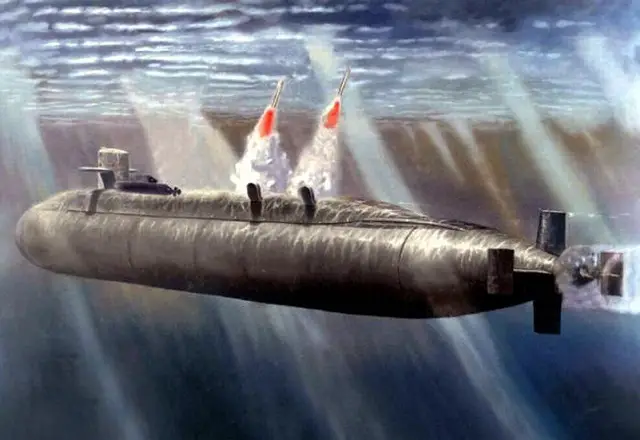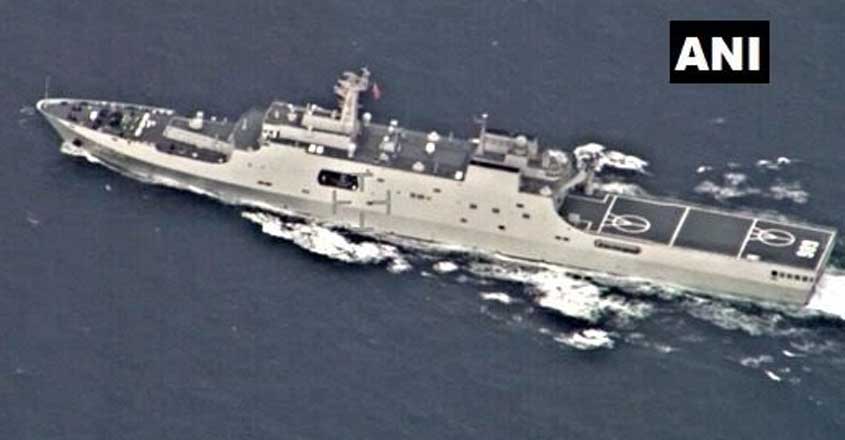
“We are pursuing that vehicle because we have operational needs from a combatant commander to go solve a specific problem,” Kilby told the U.S. James Kilby, Deputy Chief of Naval Operations for Warfighting Requirements and Capabilities. The robot boats eventually could perform a wide range of missions, but minelaying is the priority, according to Vice Adm. The Navy plans to acquire at least 24 XLUUVs over coming decades. The first of the autonomous XLUUVs could enter service as early as 2022.

The Navy calls its version of the Echo Voyager an “extra-large unmanned undersea vehicles,” or XLUUV. In 2019 the sailing branch paid Boeing the first installment on a $275 million order for five Echo Voyager crewless subs. Navy aims to mitigate its disadvantage by acquiring a large number of drone submarines. Inasmuch as one of the best means of finding and sinking enemy submarines is to send your own submarines, the United States is at a numerical disadvantage in the undersea battle that could play out in the early stages of a war over, say, Taiwan. In short, China has more attack boats than likely foes have, even if you add Taiwan’s and Australia’s handful of boats to the latter column. Worse for American war plans, only slightly more than half of these subs belong to the Pacific Fleet.

Under the latest planning, that number would drop to a low of 52 attack boats in 2026 before expanding back to current levels sometime in the 2030s. fleet meanwhile possesses 56 Los Angeles-, Seawolf- and Virginia-class attack submarines and Ohio-class cruise-missile submarines.


 0 kommentar(er)
0 kommentar(er)
